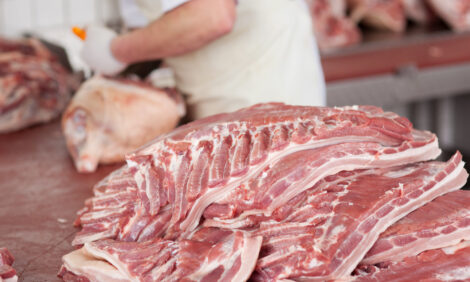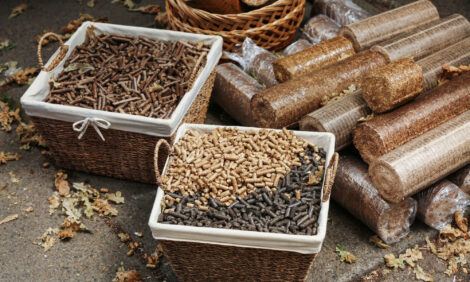



Australian Meat Export Prospects Discussed at Outlook Conference
AUSTRALIA - ‘Clean and green’ is the key to future export markets for Australian meat, according to a speaker at the ABARES Outlook 2014 conference yesterday, 4 March.Australian red meat exports would find significant opportunities in emerging markets such as China and the Middle East, delegates at the conference heard.
Presenting forecasts for the meat and livestock sector, ABARES economist Trish Gleeson said competition in these markets would be strong.
She said: “While higher global food demand will provide opportunities for Australian beef exports, we will face growing competition over the medium term from countries such as India, Brazil and the United States, particularly in China.”
Speaking in the same session, General Manager, Global Marketing for Meat & Livestock Australia Michael Edmonds compared Australian red meat exports to Asia to China’s love of premium red wine.
He said: “Both provide desirable attributes, such as a strong reputation in the international market, trusted quality for discerning consumers, income-related prestige – and romance.
“With China’s growing middle class and rising interest in premium goods, high-quality Australian red meat has an opportunity to capitalise on its clean, green and disease-free status.”
Ms Gleeson said a number of trade issues are influencing the export outlook, particularly for beef.
“The Korea-Australia FTA and phased elimination of tariffs will put us on a much better footing in Korea, US herd rebuilding will result in increased demand for manufacturing beef from Australia and Indonesia’s new import mechanism will result in increased demand from Indonesia for both beef and live cattle.”
“However, demand from China is likely to be tempered by India gaining access with low-priced buffalo meat, with the United States also seeking to restore access to China’s beef import market after their BSE outbreak in 2003,” Ms Gleeson said.
ABARES is forecasting a rise in cattle and sheep prices in the next few years as herd and flock numbers recover from the current drought – assuming a return to normal seasonal conditions – although results varied by sector.
“As a result of the current dry conditions, beef cattle sale-yard prices are expected to fall to an average of 290 cents per kilo in 2013-14, 18 per cent lower than the 10-year average sale-yard price in real terms,” Ms Gleeson said.
Assuming normal seasonal conditions, beef cattle prices are forecast to rise by 12 per cent in 2014–15 and to continue rising in real terms out to 2016-17, supported by restocker demand and reduced slaughter.
“Lamb prices, supported by strong export demand, are forecast to average 15 per cent higher in 2013-14 and a further eight per cent higher in 2014-15 as availability tightens.
“For pig meat, competition in the Australian domestic market from the United States, Canada and European Union imports will continue to place downward pressure on prices.”
Chicken meat’s share of total Australian meat production is projected to rise from its current 25 per cent to 28 per cent by 2018-19 as chicken meat retail prices remain below prices of alternative meats on a per-kilogram basis.









